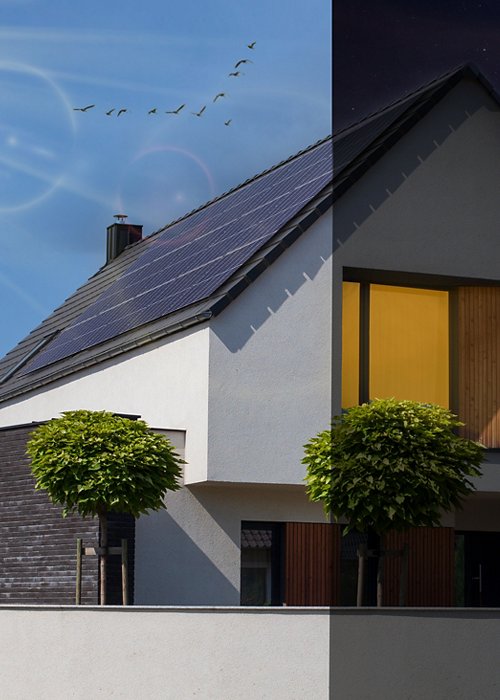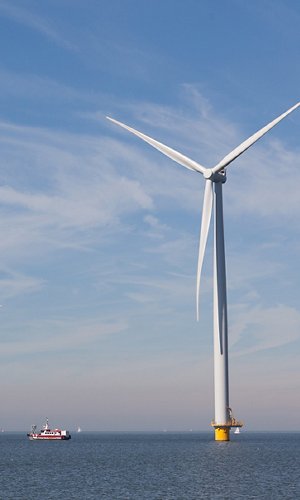A research team at the University of Maryland is designing new devices to produce energy at night. We all know that photovoltaic panels have great potential within the energy transition: the sun is everywhere, it is free energy and the technologies to harness it are increasing efficiency and reducing costs. We also know that this energy is only available during daylight hours. Starting from this limitation, researchers have developed an alternative photovoltaic device that uses the earth as a heat source and the night sky as a heat sink. This is how night-time photovoltaic cells came into being, but they function in a completely different way to conventional photovoltaic panels. In detail, night-time photovoltaic cells employ thermoradiative photovoltaics (a hybrid device that couples a thermoradiative cell with a traditional PV cell) and a system that uses radiative cooling. The latter is a natural phenomenon whereby heat is radiated into space from the Earth’s surface or from a hot object at night.
“A normal solar cell generates energy by absorbing light, generating a voltage and current flow. In these new devices, however, light is emitted and the current and voltage go in the opposite direction, but energy is still generated,’ Munday explained. “You have to use different materials, but the physics is the same.” Work is currently under way on the first physical prototypes, and researchers are convinced that it is possible to design cells with a power output of up to 50 W per square metre under ideal conditions, about a quarter of what conventional photovoltaic technology can generate during the day. With appropriate modifications, it could also operate during daylight hours, creating a potentially 24-hour system. The results of the study were published in the January issue of ACS Photonics.



